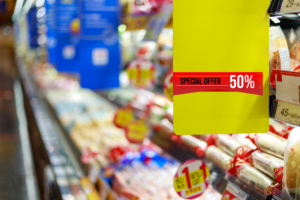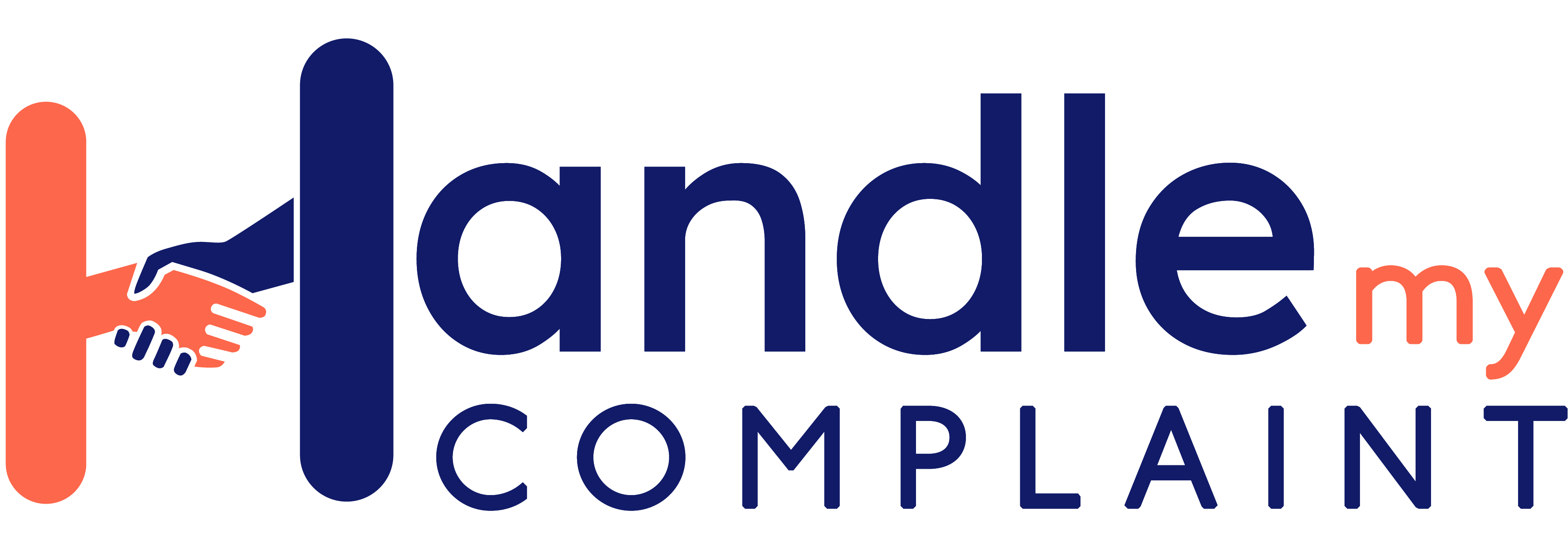
Sales alert: Spotting supermarket price discrepancies
Lizzy was excited when she saw her regular brand of coffee bearing a 40 percent off tag at Woolworths. Peter had a similar feeling when he spotted a half price tag against Nature’s Coffee. But it didn’t take long for either to spot the supermarket price discrepancies.
The savvy shoppers realised the ‘discounted’ price was actually the same as the regular price. They are just two of the many consumers who have lodged complaints with Handle My Complaint about sales that are anything but.
There were similar complaints about supermarket discounts and pricing among the thousands of submissions to the Australian Competition and Consumer Commission (ACCC) supermarkets inquiry.
While the consumer watchdog stopped short of finding the supermarkets guilty of price gouging, attributing the bulk of grocery price rises to the increasing cost of doing business, the ACCC found that the volume of promotions created a bewildering array of pricing that made it difficult for consumers to know if they were getting a deal.

Common complaints about ‘sneaky tactics’
Australians have had enough. Almost two thirds of Coles and Woolworths shoppers surveyed by the ACCC believed supermarkets were raking it in while blaming price increases on rising cost of living.
Moreover, they believe that supermarkets are employing misleading and sneaky tactics to make you think prices are cheaper. Handle My Complaint has been receiving complaints about supermarket price discrepancies for years.
One Woolworths shopper, upset about the supermarket’s new labelling system that no longer shows the previous price, called out a so-called special on Marcona Coffee. The 400g jar had been $28 with a sale price of $15 only a few months before they spotted it at “50 percent off” for $19.90 - meaning the full price was now $39.80, a jump of 30 percent.
Many more have complained about price discrepancies between what’s advertised online and what’s available in-store. Thomas said he had gone into Woolworths multiple times to get half-price deals only to find out later that it’s in the fine print they are only available online.
Then there are the likes of Tony, who picked up prawns marked at $17 per kg in the seafood section only to find they scanned for $24 per kg.
What can you do about price discrepancies?
This is all very frustrating but while we wait to see what the Federal Government will enforce the ACCC’s recommendations, what can you do about price discrepancies?
There are already regulations about pricing displays under Australian Consumer Law (ACL), including that prices should not be displayed in a way “that is wrong or likely to increase a false impression”. This includes promoting a price as being on sale or special when it is neither, or stating the price is marked down when the items weren’t sold at the earlier price ‘in a reasonable period’ before the sale began.
If you get to the checkout and find that the price does not match what was advertised (in store or online), the store must sell the product to you at the lowest price – even if the price discrepancy was a legitimate mistake. If the store refuses to do so, as happened with Tony, report them to the ACCC for false and misleading behaviour.
Similarly, if a store is not correctly displaying the unit price, which helps shoppers compare prices to find the best value for money, advise the store manager and report them to the ACCC if they do not fix the issue. Under the Unit Pricing Code, which the Australian Government has promised to strengthen, unit prices must:
-
- Stand out so they are easily seen
- Be easy to read
- Be accurate and clear in meaning
- Be positioned close to the selling price.

What are the penalties for price discrepancies?
Some would argue the supermarkets are not held to account for price discrepancies and other questionable sales tactics, but the ACCC can – and does – take businesses to court for false and misleading conduct and the fines can be hefty. The Federal Court ordered Qantas to pay $100 million in penalties over its flight cancellation practices, as well as an additional $20 million to affected consumers via a consumer remediation program.
The ACCC is pursuing Coles and Woolworths in the Federal Court in Victoria for misleading and deceptive practices. Fines can be up to $50 million per instance, with each supermarket accused of misleading prices on more than 250 items. If the court finds against the supermarkets, the fine could hit hard, even for companies with deep pockets.
When you see any supermarket pricing discrepancies in store or online that look suspicious to you, take photos or screenshots, and keep receipts. Ask to have the issue rectified and keep notes of management’s response. The more evidence of misleading behaviour, the better.
You can report the supermarket to the ACCC, or lodge a complaint with us and we’ll help you handle it.





